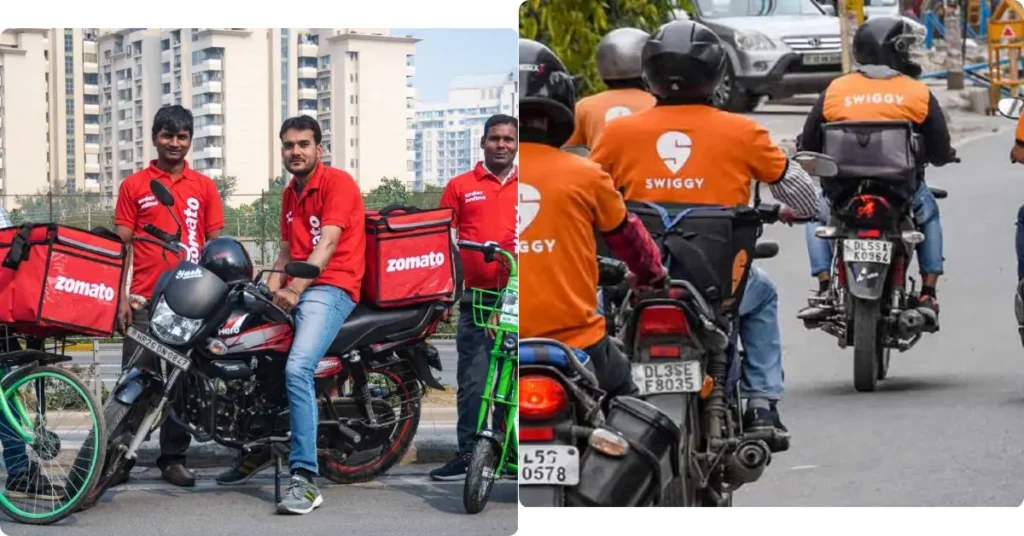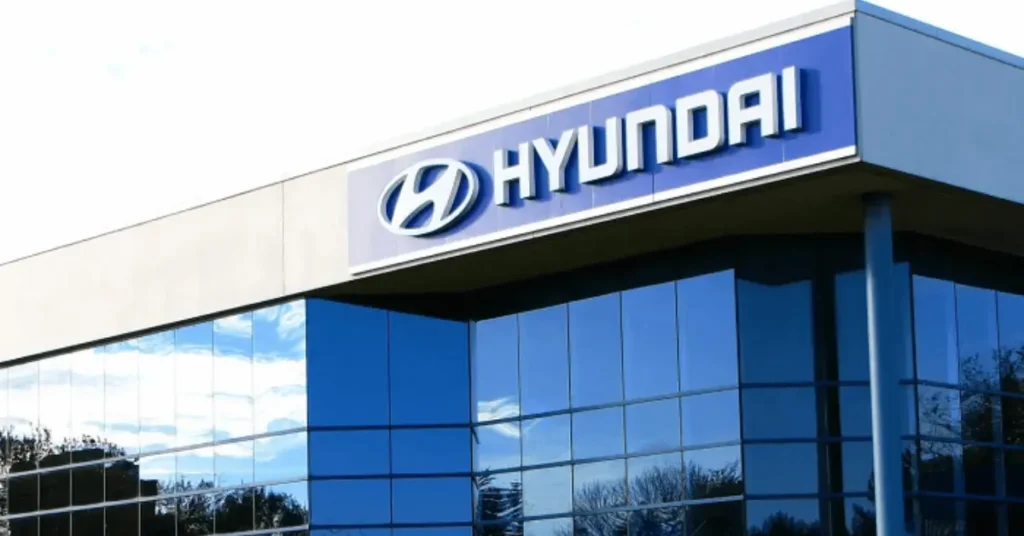Market Overview
In a recent move, Indian food delivery giants Zomato and Swiggy announced increased platform fees, raising the cost to Rs 10 per order from previous rates of Rs 6 and Rs 7, respectively.
This strategic adjustment comes as both companies anticipate a spike in order volumes during India’s festive season, aiming to offset operational costs and sustain profitability amidst increased demand.
While this fee increase has sparked a social media backlash from users, it signals key financial developments within the food delivery sector.
Zomato’s stock dipped 3.51% to Rs 254.60 following the announcement, marking a slight shift for the company that recently reported impressive Q2FY25 financial results.
The company showcased a five-fold profit surge to Rs 389 crore, attributed to improving delivery margins and strong performance in its quick-commerce division.
Foreign brokerage CLSA raised its target price for Zomato from Rs 353 to Rs 370, projecting further growth potential due to Zomato’s expanding influence in quick commerce.

Impact on Investors
Investors closely watch Zomato’s and Swiggy’s strategies, as the platform fee hikes signal efforts to reinforce profitability within the challenging Indian food delivery market. Here are some key takeaways for investors:
- Revenue Potential: The platform fee hike, although modest, could help cushion operational costs, especially during high-demand periods like Diwali. These fees could provide consistent revenue streams that add up over time.
- Competitive Positioning: Zomato’s five-fold net profit growth and quick-commerce expansion, plus Swiggy’s capital-raising plans of over Rs 10,400 crore, emphasize their focus on bolstering market presence and delivering financial resilience.
- Consumer Response: User pushback over added costs suggests potential challenges for customer retention, though it may not significantly disrupt long-term demand. Consumers have become accustomed to convenience-driven delivery, potentially absorbing these additional fees over time.
The sector’s shift toward higher fees reflects a broader trend in the competitive food delivery space, with companies aiming for sustainability over customer acquisition.
Future Outlook
As both Zomato and Swiggy raise fees, they position themselves to leverage growing quick-commerce trends, which are expected to expand further in 2024.
Quick commerce, accounting for a significant part of Zomato’s projected valuation, has shown positive margins, indicating that Zomato’s expansion in this sector could provide a valuable hedge against slower growth in traditional food delivery.
Zomato’s gross order value (GOV) for food delivery rose by 21% year-on-year, while its monthly transacting customers grew 13%, reflecting steady demand.
This fee hike is a calculated move by Zomato and Swiggy to navigate the increasing operational costs during festive seasons.
For investors, the bigger picture lies in the scalability of quick commerce, which may drive the long-term valuation of both firms.
Market analysts and brokerage firms like CLSA are optimistic about Zomato’s growth trajectory. CLSA’s latest target price increase to Rs 370 emphasizes its confidence in Zomato’s quick-commerce potential, projecting a significant impact on Zomato’s business model as consumers continue to demand faster delivery services.
Zomato’s continued focus on quick commerce could be transformative for its future valuation. Investors should monitor its progress closely, as this sector may be a key driver in maintaining competitive advantage.”
Bottom Line
With the food delivery sector evolving rapidly, investors must stay informed on emerging trends and financial shifts.
Keep an eye on upcoming quarterly reports for deeper insights into how these companies are navigating increased costs and customer sentiment.
Sources:- indianexpress[1], ndtvprofit[2], indiatoday[3].
Important links:- Zomato Ltd[1]



